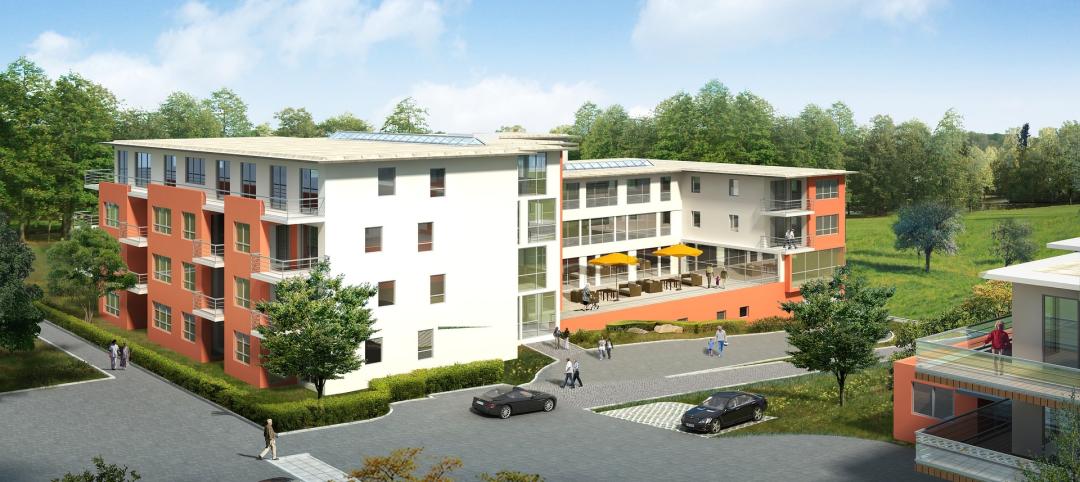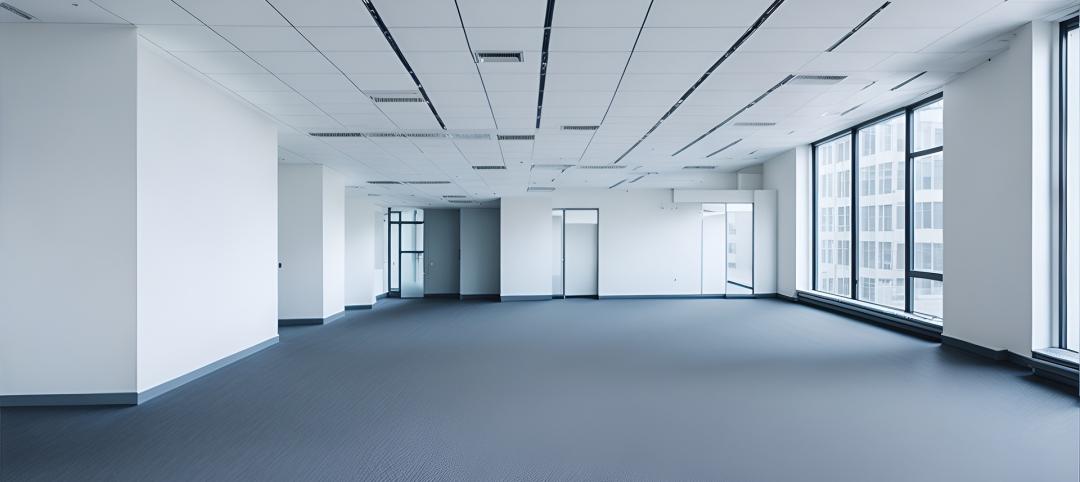ATLANTA – ASHRAE and the Indoor Air Quality Association (IAQA) have agreed in principle to join forces, combining resources to improve indoor air quality in the built environment.
Pending a three to six month period of due diligence, IAQA will become a part of the ASHRAE organization while maintaining its own brand and Board of Directors. IAQA will operate independently within ASHRAE’s organizational structure. Plans call for IAQA headquarters to relocate from Rockville, Md., to Atlanta, Ga., home of ASHRAE’s international headquarters. The agreement was reached between the leadership of both associations and confirmed at ASHRAE’s 2014 Annual Conference that concluded earlier this month in Seattle, Wash.
“This merger is beneficial to both ASHRAE and IAQA in that it strengthens the programs and services of both organizations,” Tom Phoenix, ASHRAE president, said. “The work of IAQA complements the work of ASHRAE in its standards, research, publications and educational offerings. We now combine our resources to ensure the industry receives the best indoor air quality technical guidance and educational programs possible, which means improved indoor air quality for the world around us.”
Among ASHRAE’s major indoor air quality offerings are Standard 62.1, Ventilation for Acceptable Indoor Air Quality, and Standard 62.2, Ventilation and Acceptable Indoor Air Quality in Low-Rise Residential Buildings, and publications such as the Indoor Air Quality Guide: Best Practices for Design, Construction and Commissioning. ASHRAE also recently announced the formation of the Indoor Environmental Quality Global Alliance, which included IAQA as a charter member. ASHRAE also has a strong research program related to indoor air quality with 10 current projects totaling $2.8 million, representing 23 percent of ASHRAE’s research budget.
“This merger allows IAQA to maintain its own brand while also providing its members with enhanced benefits and services,” Kent Rawhouser, president of IAQA, said. “Our strong history of programs and products is expected to not only continue, but to grow as the merger allows us to take advantage of the resources and programs overseen by ASHRAE. Members of IAQA and ASHRAE will work collaboratively to strengthen indoor air quality programs for the industry, and most importantly, for the people who occupy homes and buildings around the world.”
IAQA provides continuing education, conferences and expositions, certification programs, monthly webinars, technical publications and funds indoor air quality related research. IAQA subsidiary, Indoor Environmental Standards Organization (IESO), is an American National Standards Institute (ANSI) accredited standards developing organization focused on indoor air quality assessment, remediation and management of indoor environments.
ASHRAE and IAQA programs will be aligned to create high-impact resources for building professionals around the globe.
“Indoor air quality is vitally important to the health and welfare of people worldwide,” Phoenix said. “Air quality systems must work harmoniously with other systems in homes and buildings to ensure a healthy and sustainable built environment.”
The Indoor Air Quality Association (IAQA) is a nonprofit organization dedicated to bringing practitioners together to prevent and solve indoor environmental problems for the benefit of customers and the public. IAQA was established in 1995 and is the nation’s largest indoor air quality trade association with over 2,600 members and more than 20 local chapters across the United States and Canada. More information is available atwww.iaqa.org/news and at www.ieso.org.
ASHRAE, founded in 1894, is a global society advancing human well-being through sustainable technology for the built environment. The Society and its more than 50,000 members worldwide focus on building systems, energy efficiency, indoor air quality, refrigeration and sustainability. Through research, standards writing, publishing, certification and continuing education, ASHRAE shapes tomorrow’s built environment today. More information can be found at www.ashrae.org/news.
Related Stories
Adaptive Reuse | Sep 12, 2024
White paper on office-to-residential conversions released by IAPMO
IAPMO has published a new white paper titled “Adaptive Reuse: Converting Offices to Multi-Residential Family,” a comprehensive analysis of addressing housing shortages through the conversion of office spaces into residential units.
Mixed-Use | Sep 10, 2024
Centennial Yards, a $5 billion mixed-use development in downtown Atlanta, tops out its first residential tower
Centennial Yards Company has topped out The Mitchell, the first residential tower of Centennial Yards, a $5 billion mixed-use development in downtown Atlanta. Construction of the apartment building is expected to be complete by the middle of next year, with first move-ins slated for summer 2025.
Healthcare Facilities | Sep 9, 2024
Exploring the cutting edge of neuroscience facility design
BWBR Communications Specialist Amanda Fisher shares the unique considerations and challenges of designing neuroscience facilities.
Office Buildings | Sep 6, 2024
Fact sheet outlines benefits, challenges of thermal energy storage for commercial buildings
A U.S. Dept. of Energy document discusses the benefits and challenges of thermal energy storage for commercial buildings. The document explains how the various types of thermal energy storage technologies work, where their installation is most beneficial, and some practical considerations around installations.
Office Buildings | Sep 5, 2024
Office space downsizing trend appears to be past peak
The office downsizing trend may be past its peak, according to a CBRE survey of 225 companies with offices in the U.S., Canada, and Latin America. Just 37% of companies plan to shrink their office space this year compared to 57% last year, the survey found.
University Buildings | Sep 4, 2024
UC San Diego’s new Multidisciplinary Life Sciences Building will support research and teaching in both health and biological sciences
The University of California San Diego has approved plans for a new Multidisciplinary Life Sciences Building, with construction starting this fall. The 200,000-sf, six-level facility will be the first building on the UC San Diego campus to bridge health science research with biological science research and teaching.
Codes and Standards | Sep 3, 2024
Atlanta aims to crack down on blighted properties with new tax
A new Atlanta law is intended to crack down on absentee landlords including commercial property owners and clean up neglected properties. The “Blight Tax” allows city officials to put levies on blighted property owners up to 25 times higher than current millage rates.
Resiliency | Sep 3, 2024
Phius introduces retrofit standard for more resilient buildings
Phius recently released, REVIVE 2024, a retrofit standard for more resilient buildings. The standard focuses on resilience against grid outages by ensuring structures remain habitable for at least a week during extreme weather events.
Construction Costs | Sep 2, 2024
Construction material decreases level out, but some increases are expected to continue for the balance Q3 2024
The Q3 2024 Quarterly Construction Insights Report from Gordian examines the numerous variables that influence material pricing, including geography, global events and commodity volatility. Gordian and subject matter experts examine fluctuations in costs, their likely causes, and offer predictions about where pricing is likely to go from here. Here is a sampling of the report’s contents.
Adaptive Reuse | Aug 29, 2024
More than 1.2 billion sf of office space have strong potential for residential conversion
More than 1.2 billion sf of U.S. office space—14.8% of the nation’s total—have strong potential for conversion to residential use, according to real estate software and services firm Yardi. Yardi’s new Conversion Feasibility Index scores office buildings on their suitability for multifamily conversion.

















